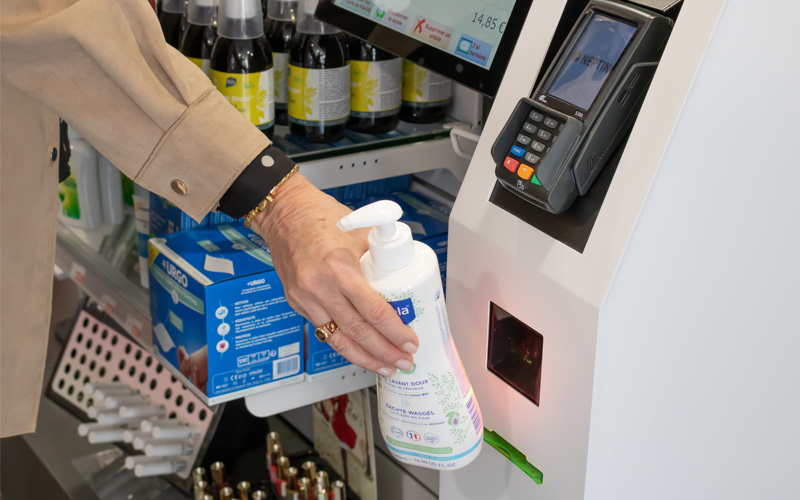One of the big arguments made in favour of introducing self-service checkouts in a store is that customers are starting to prefer doing things themselves to relying on a member of staff to help them out all the time. And yes, that’s certainly true. Studies have shown that a sizable number of consumers do like their independence when they are shopping. But it’s worth taking a closer look at those figures. So are your customers ready for self service?
One oft-quoted study tells us that 40% of people prefer self-service in stores to human contact. Sure, that’s a pretty big chunk. But it’s still a minority. What we can infer from that figure is that 60% of consumers still like a little human contact when they are in a store. Or at the very least, don’t have any strong feelings either way about do-it-yourself versus being waited on hand and foot.
As a retail business, that’s an interesting point to consider. There’s huge momentum behind self-service kiosks right now, and rightly so. They have been proven to reduce wait times and make the in-store experience more efficient. And lots of customers love them.
But what about your customers? The big mantra in retail right now is that every customer is unique. Rather than treating consumers like cattle, you should be aiming to understand what people want and need from the retail experience at an individual level, and providing a personalised level of service. Adopting self-service just because that’s what most customers these days are supposed to like doesn’t fit with that philosophy.
The only way to be truly sure how your customer base feels about kiosks is to ask them. If you are considering introducing them in your store, carry out a survey. Ask if your customers use them in other stores (and if so, what type), what they like about them, what they don’t like about them, what their best features are etc. And of course, whether they’d like to see them in your store.
Providing for all preferences
Even before you get any feedback from your customers, we can make some general guesses about what the findings will be. Some customers will love the idea of kiosks, others won’t. It’s never an either-or thing. Some people love the idea of being freed from having to seek out assistance from a member of staff and being able to pick up the items they want, pay for them and walk out the store with no human interaction whatsoever.
But other people are the exact opposite. They want that human connection. They want to ask questions, they want to be convinced. In many cases, it’s the quality of the rapport they build with the sales assistant that determines their decision to buy.
The ratio of pro-self service to pro-assisted service customers is likely to vary according to which retail sector you operate in. In grocery, for example, there’s little demand for hands-on customer service, which is why self-checkout has been largely pioneered in that particular sector. At the other end of the spectrum, it’s hard to imagine self-service ever taking off in motor sales (although ‘contactless’ car hire is now a thing).
For everyone in between, it’s about getting the balance right for your customer base. How big you go on self-service should depend very much on your customers, not received wisdom. Maybe you start small with a couple of kiosks and grow from there if it proves popular.
At the same time, kiosks should always be viewed as part of a broader POS mix. Your ability to provide exceptional in-person service will still create an important point of difference for your business. POS is no longer simply about how you process transactions. With things like integrated digital signage and mobile POS tablets, your POS suite has a key role to play in creating the right in-store experience and your ability to provide flexible, responsive service.
Kiosks are best viewed as another piece of the puzzle. Not a catch-all solution in their own right, but another option that responds to the preferences of some but probably not all of your customers.




